7 Ways to Bring Your Lawn Back to Life This Spring, According to Landscaping Experts
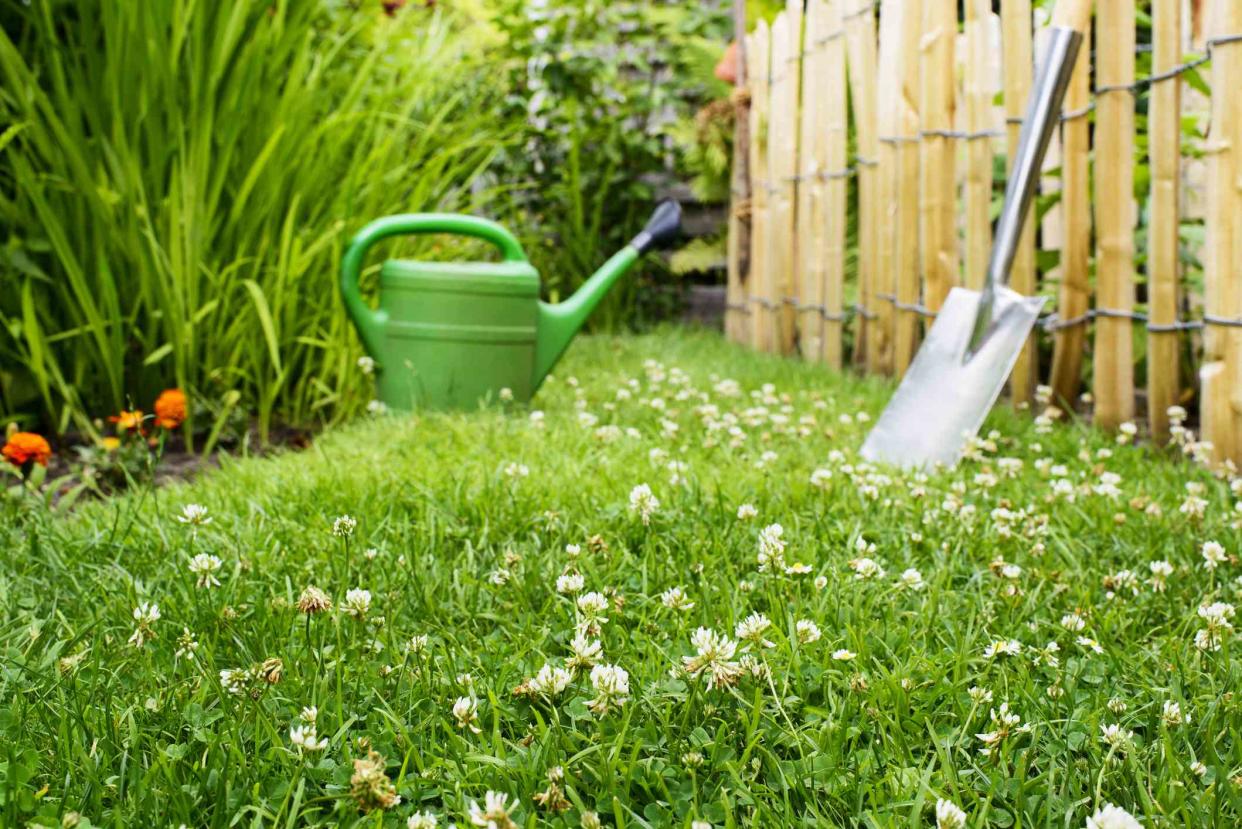
Schulzie / Getty Images
With the harsh days of winter behind us, you might be looking out at your yard and realizing your lawn needs some major TLC. You’re certainly not alone—now is the perfect time to shift your focus on bringing your yard back to life.
We recently connected with Teri Valenzuela, natural science manager at Sunday, for her best advice on getting our lawns summer-ready. Not only did she share some incredibly helpful wisdom, she assured us that now is the best time to encourage new growth.
“A strong start in spring sets the tone for the whole year, so don't overlook the power of a well-timed spring feeding,” Valenzuela says.
Meet the Expert
Teri Valenzuela is a natural science manager at Sunday, a company providing custom lawn care solutions based on grass type and location.
First Step: Don’t Panic
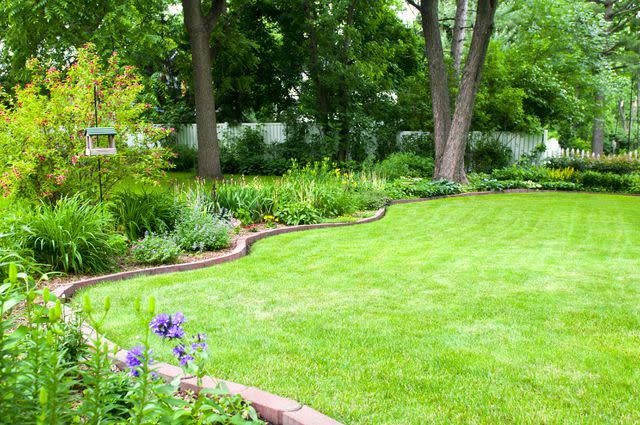
JenniferPhotographyImaging / Getty Images
As your attention shifts to your backyard now that warmer weather is on the horizon, you might feel sad to discover it's all brown.
Luckily, Valenzuela says not to panic at the sight. Instead, pause, take a deep breath, and know this is probably totally normal—especially if you live in a warmer climate.
“It's nature's way of protecting itself from harsh conditions over the winter,” she says.
Instead of assuming it's all dead, now is a great time to troubleshoot and make a plan to revive your lawn ahead of the warmer weather.
Want more gardening tips? Sign up for our free gardening newsletter for our best-growing tips, troubleshooting hacks, and more!
Run a DIY "Bioassay" Test
Of course, your lawn may have died, but luckily, there’s an easy way to find out for sure. Valenzuela suggests doing what she calls "a simple bioassay test."
Don't worry—it sounds more intense than it is. You can do it on your own!
“Take a sample of your lawn—roots, soil, and all—into a pot and keep it watered indoors,” Valenzuela says. “If it springs back to life in 1-2 weeks, it was just dormant. If not, it’s time for a more thorough makeover.”
Clear Away Debris Until Temps Rise
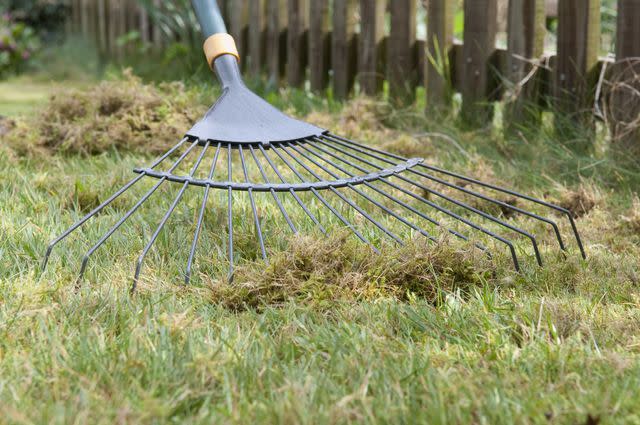
Once you've hopefully confirmed that any brown spots are simply a natural byproduct of a rough winter, it's time to tackle the newest issue at hand: reviving your dormant yard.
In this case, Valenzuela says the first step should be to clear any debris and lightly rake away dead or matted grass.
"As temperatures rise consistently above 50-60 degrees Fahrenheit, you'll see ‘spring green-up’ begin,” she says.
Apply Iron-Rich Fertilizer
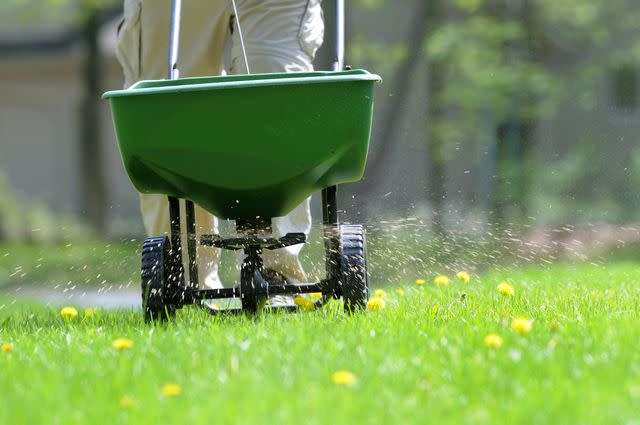
Depending on where you are, Valenzuela says it’s critical to wait until the harsh winter is officially over before applying anything to your lawn to encourage new growth.
Once the ground has thawed, then it’s time to apply an iron-rich fertilizer. Valenzuela says this is the best move, though she does suggest waiting until 60% or more of your lawn has started to green again post-winter.
“With a well-timed feeding followed by overseeding, you could look at a greener lawn in just a few weeks,” she says.
Protect Your Lawn
As a bonus, Valenzuela says a well-timed application of a quality lawn fertilizer can also strengthen your lawn against future stresses.
You Can Opt for Touch-Ups
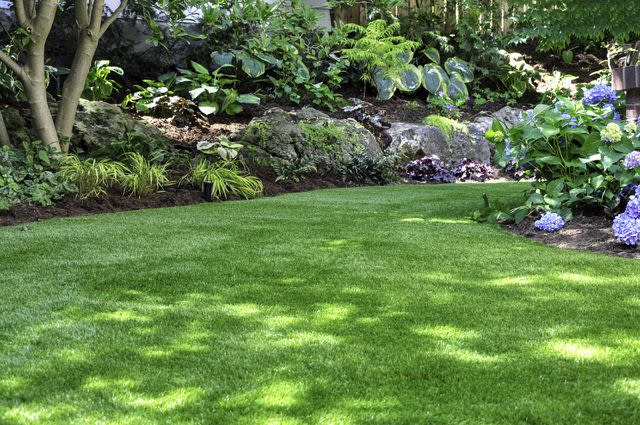
Getty Images
If your whole lawn mostly looks great but there are a few dead or dry patches, you don't have to tend to the whole yard. Instead, Valenzuela suggests trying a spot treatment and grass seed combo.
“Rake away dead grass, apply a spot treatment to remedy your soil, and then spread a durable seed repair mix to fill in the area,” she says.
After that, keep the area well-watered as you wait for it to grow. Once the grass height reaches about 3-4 inches, give it a mow so it starts to thicken, says Valenzuela. Then, let your lawn proceed as expected and carry you straight into warmer days, lounging outside on your lush, green grass.
Read the original article on The Spruce.

